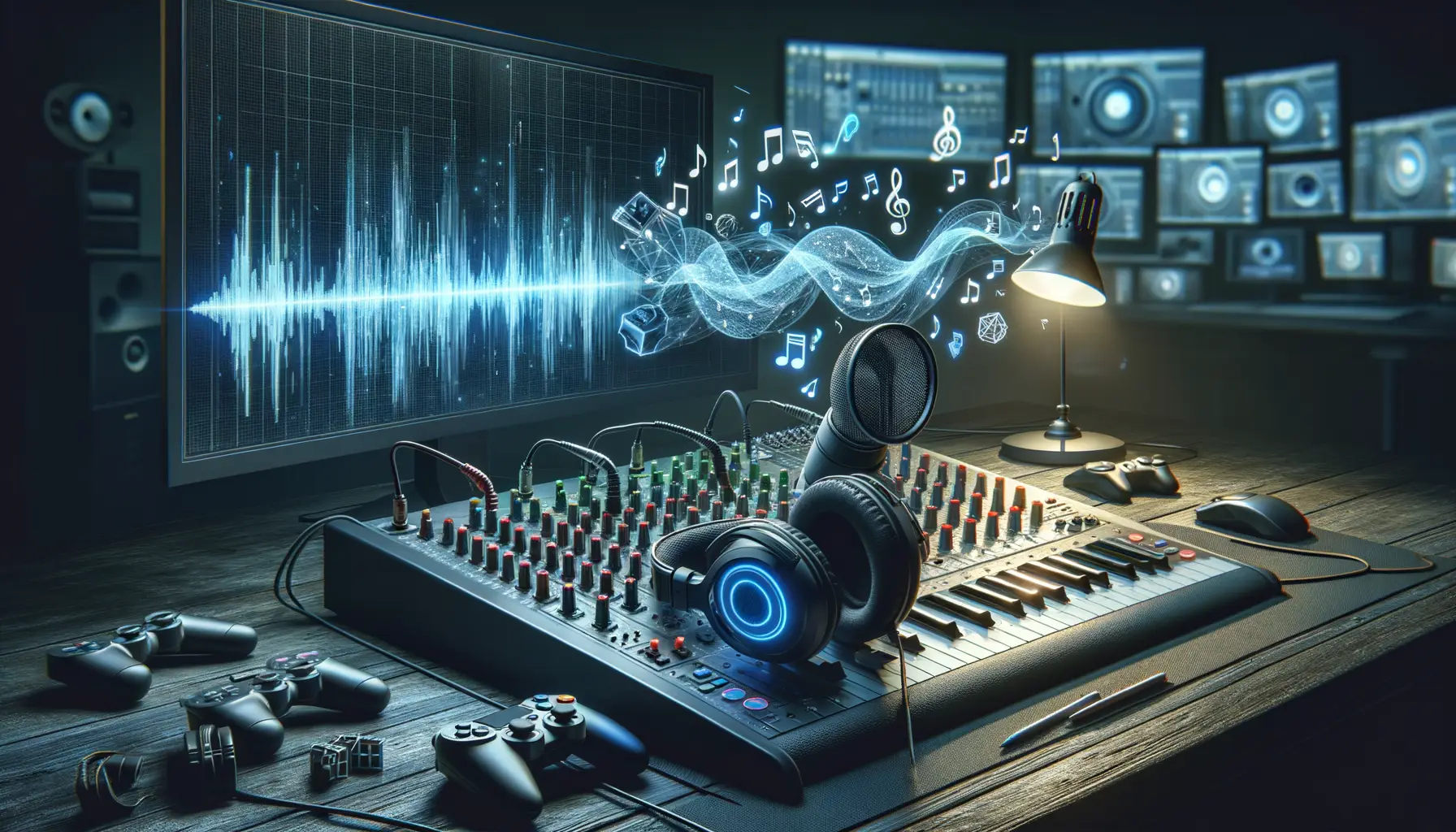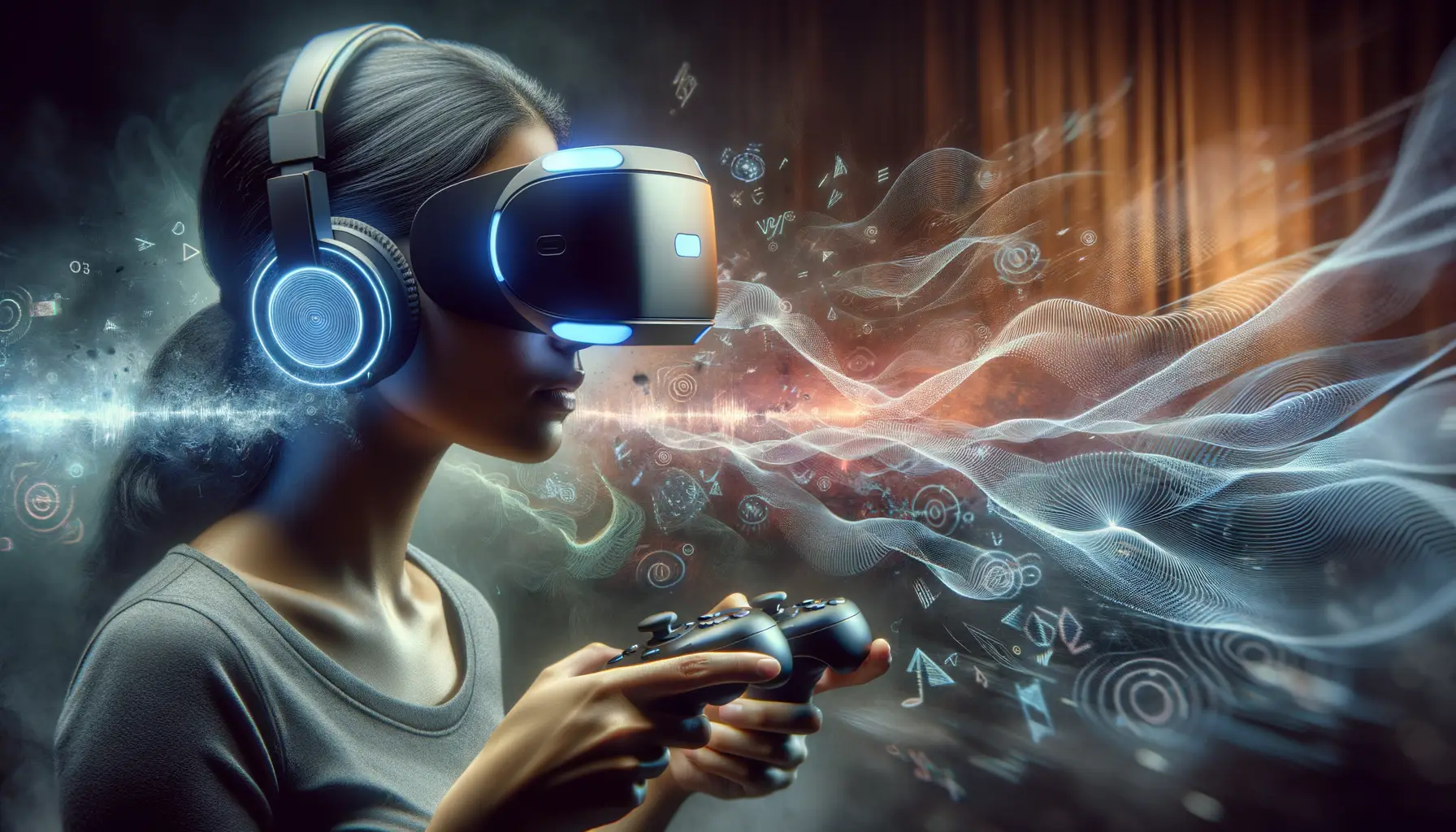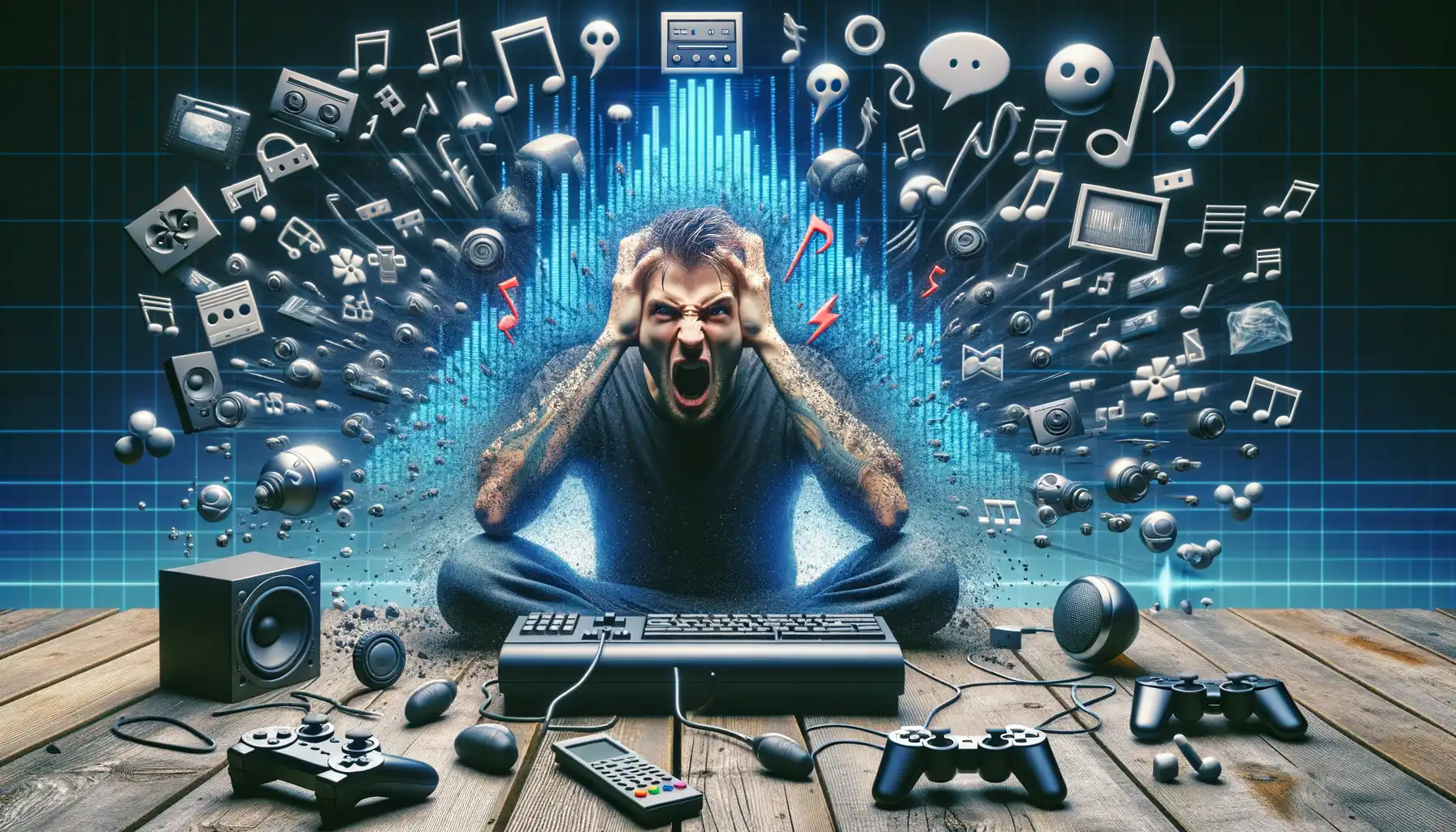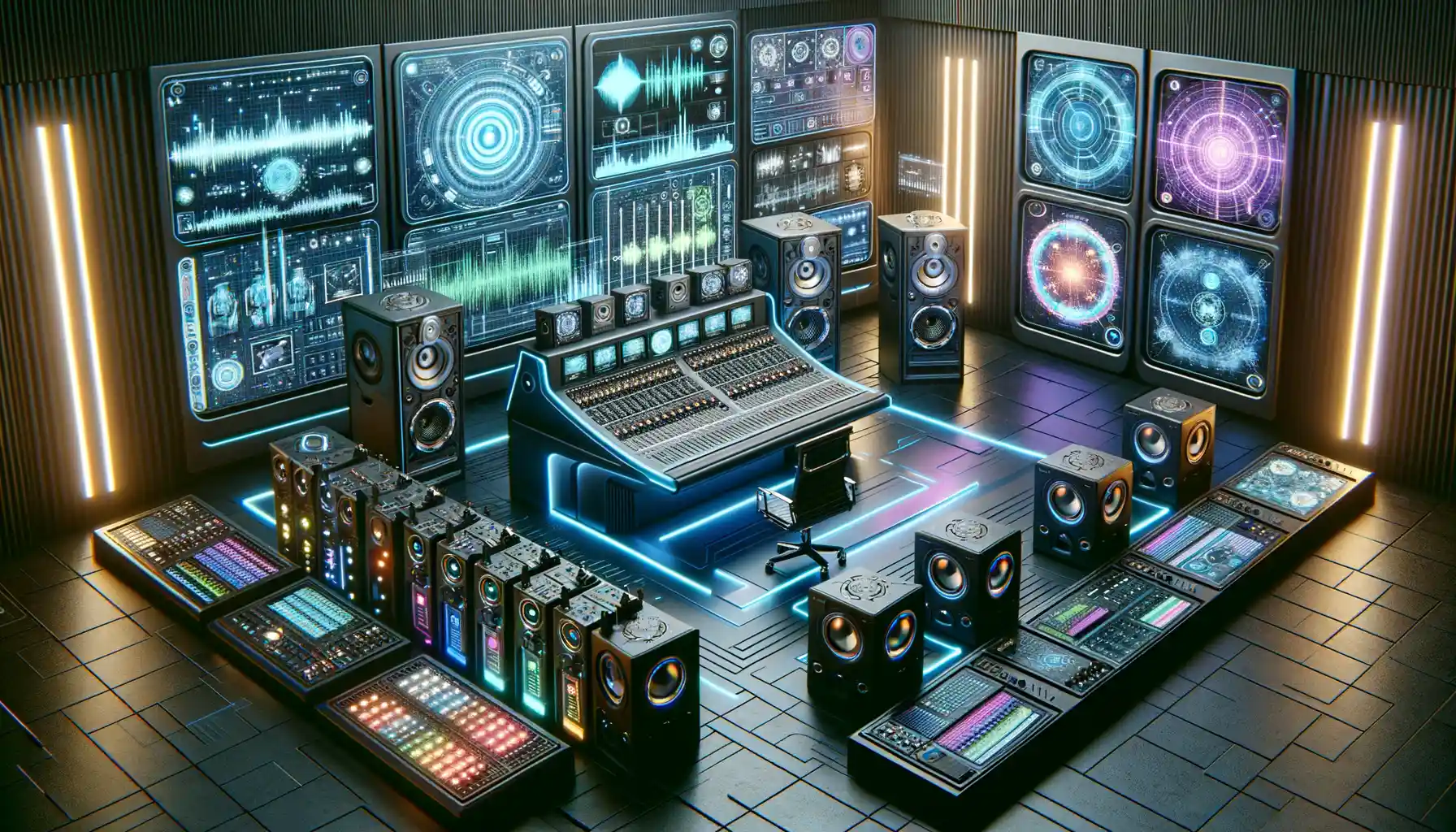Understanding the Role of Sound in Gaming
How Sound Shapes Your Gaming Reality
Close your eyes for a moment and imagine playing your favorite online game without any sound. No footsteps crunching on gravel, no ominous creak of a door opening, no triumphant fanfare when you beat a boss. Sounds dull, doesn’t it? That’s because sound design isn’t just an accessory to gaming—it’s the lifeblood that brings virtual worlds alive.
Think about the spine-tingling whispers in a horror game. Those barely audible murmurs aren’t random—they’re there to make your skin crawl. Or the energy-pumping soundtrack in a high-speed racing game. It’s designed to keep your adrenaline spiking as you drift around corners. Sound connects us to the action, speaks in emotions we don’t even realize we feel.
- Directional audio: Hear a sniper’s position or an approaching enemy’s footsteps before you even see them.
- Ambient soundscapes: Forest chirps, distant thunder, or bustling cities immerse you in another world.
- Feedback cues: That satisfying “ding” when you level up or land the perfect hit!
When sound is right, you notice it instantly—but only because it vanishes into the game and makes every moment feel real. Isn’t that *magic* in itself?
Key Elements of Effective Game Sound Design

Capturing the Soul of Gameplay Through Sound
Imagine you’re deep in battle, heart pounding as your character sneaks through a shadowy alley. Suddenly, the distant howl of wind and faint clink of metal armor heighten your anticipation. That’s the magic of sound design—it transforms gameplay from simple interaction to raw emotion. At its core, effective sound design taps into three vital pillars:
- Environmental Sounds: These are the unsung heroes of immersion. Whether it’s the subtle creak of a wooden door or the eerie echo of water dripping in a cave, they breathe life into the game world.
- Dynamic Audio Feedback: Winning a hard-fought duel feels even sweeter when the triumphant clash of swords syncs with your opponent’s defeat. Great sound reacts to the player’s every move, evolving as you do.
- Emotional Storytelling: A well-composed soundtrack does more than fill silence; it tells a story. Take the haunting melody in The Last of Us, for example—it doesn’t just play music; it carries loss, love, and hope in every note.
The Science of Silence and Balance
Silence, too, is part of sound. Sometimes what you don’t hear speaks volumes. The absence of audio in tense moments keeps players on edge, making every creak and whisper feel deliberate. Balance plays a role here—imagine if every action noise drowned out dialogue or ambiance. That’s a quick road to frustration!
It’s these intricate combinations of sound, silence, and balance that craft unforgettable experiences. Next time you’re enthralled by a game, close your eyes—listen. You’ll realize sound isn’t just an addition. It’s the very pulse of the journey.
How Sound Enhances Player Immersion and Experience

The Emotional Power of Soundscapes
Imagine stepping into a dense, eerie forest in your favorite online game. The trees creak with age, the wind whispers secrets through the leaves, and in the distance, a faint growl sends shivers down your spine. You’re not just playing—you’re *living* it. This is what expertly crafted sound design does—it bridges the gap between screen and soul.
When sound designers layer immersive audio cues—like the realistic clink of armor, or the satisfying “ding” of leveling up—it wires directly into our emotions. A dramatic orchestral swell can turn a battle into a heart-pounding clash of titans, while the soft hum of a marketplace sets the stage for strategic trades. It’s no exaggeration to say sound is the *invisible paintbrush* of the gaming canvas.
- Directional audio: Imagine hearing the footsteps of an opponent creeping up behind you in a tense PvP match.
- Ambience: Thunder rumbling overhead feels more than weather—it’s a mood-setter, a tension-builder.
Sound doesn’t just decorate; it narrates. It whispers, roars, and sometimes screams—we respond instinctively, drawn ever deeper into the game’s story and world.
The Impact of Poor Sound Design on Gameplay

When Bad Sound Ruins Good Games
Imagine this: you’re deep into an epic online battle. The visuals are stunning, your strategy is flawless, and then—BAM! A crucial sound cue misfires, or worse, doesn’t play at all. Suddenly, enemies ambush you out of nowhere. Frustrating? Absolutely. Poor sound design isn’t just annoying; it can completely derail a player’s experience.
For starters, let’s talk about **muffled or inconsistent audio**. Say you’re sneaking through a dense forest in-game, expecting to hear twigs snapping under enemy footsteps, but instead, the sound feels flat or misplaced. That delicate tension? Gone. Instead of feeling like a stealthy predator, you’re left disoriented and disconnected.
Poorly balanced volumes are another culprit. Nothing yanks you out of immersive gameplay faster than overly loud background music drowning out crucial dialogue—or worse, your team’s voice chat!
- Broken sound synchronizations: Actions feel delayed or disjointed.
- Lack of environmental audio: When the world feels “dead.”
- Repetitive sound effects: Hearing the same gunfire loop is mind-numbing.
Every misstep in sound design chips away at your trust in the game’s world. And once that trust is broken? It’s hard to rebuild.
Future Trends in Game Sound Design

Emerging Technologies Revolutionizing Game Audio
Gaming sound design is stepping into an electrifying new era, brimming with possibilities. Picture this: a world where games don’t just react to players but actually *listen* to them. Thanks to advancements in AI-driven audio tools, soundtracks and effects are becoming more dynamic than ever. Imagine you’re creeping through a haunted house—suddenly, the creak of floorboards changes pitch because the game “knows” you’re holding your breath. Goosebumps, right?
What’s even cooler is the rise of spatial audio technology. With headphones that map sound in 3D space, you’ll feel like you’re smack-dab in the center of an epic battlefield or immersed in a lush forest with birds chirping overhead and rustling leaves underfoot. The precision makes every moment unforgettable.
- Real-time adaptive music: Tunes that shift based on gameplay intensity or emotional cues.
- Procedural audio: Sounds created on-the-fly for endless variety—no two sword clashes are the same!
The future of game sound is nothing short of thrilling, blending creativity and cutting-edge innovation like never before.
Player-Centric Sound Experiences Are the Future
The best games make you feel like they were designed *just for you*, and sound is no exception. Developers are now exploring personalized audio experiences, tailoring soundscapes to match individual preferences. Love orchestral scores? Prefer synth beats? Soon, games might let you choose, creating an auditory journey as unique as your fingerprint.
There’s also buzz around incorporating haptic sound integration. In plain terms: sound you can *feel*. Imagine your controller vibrating subtly in sync with the rumble of a dragon’s growl or the bass of an explosion—it’s pure sensory magic!
With these trends gaining momentum, the next wave of online games promises to be less about hearing the action and more about *feeling* it on every level. And honestly, isn’t that what gaming dreams are made of?


